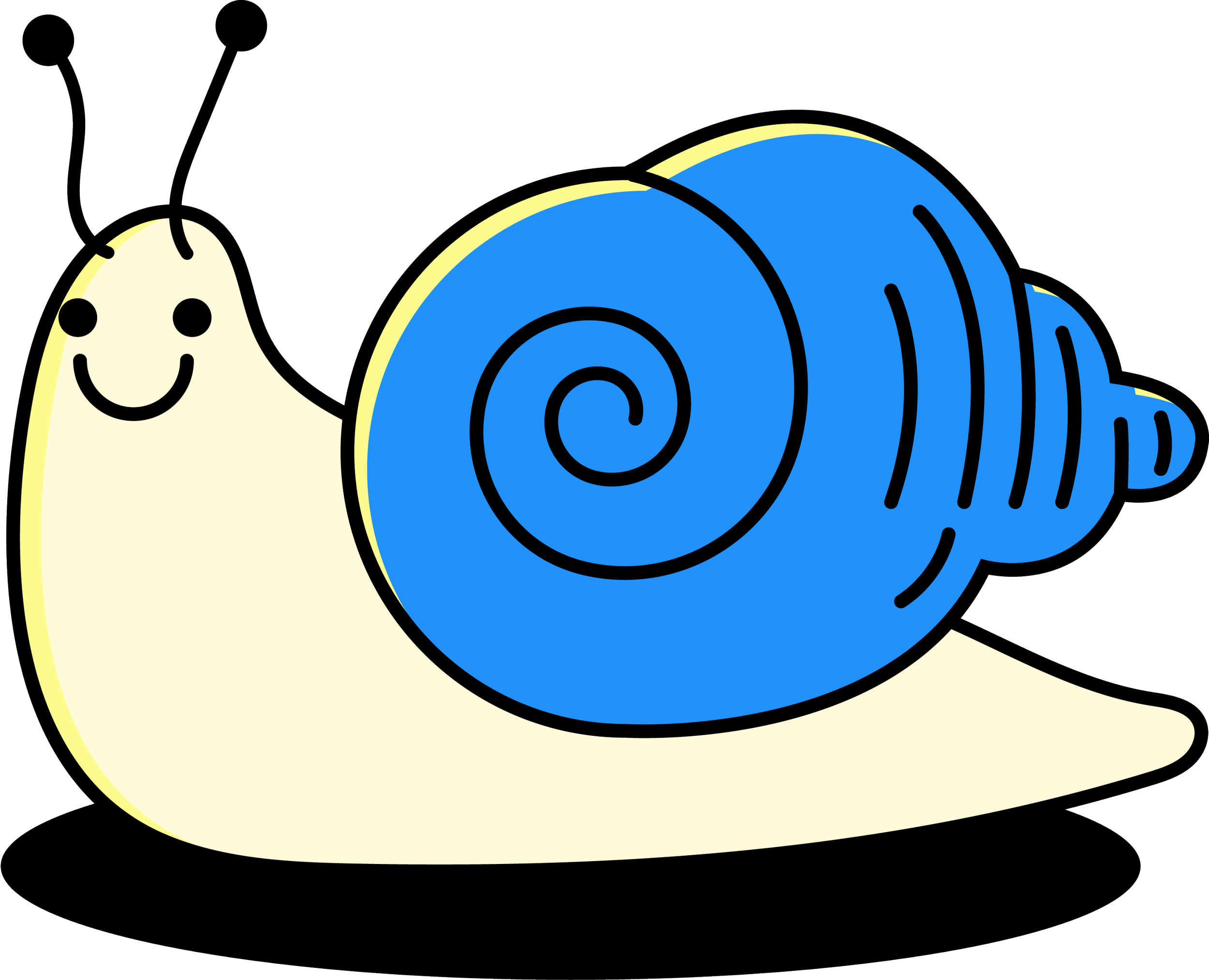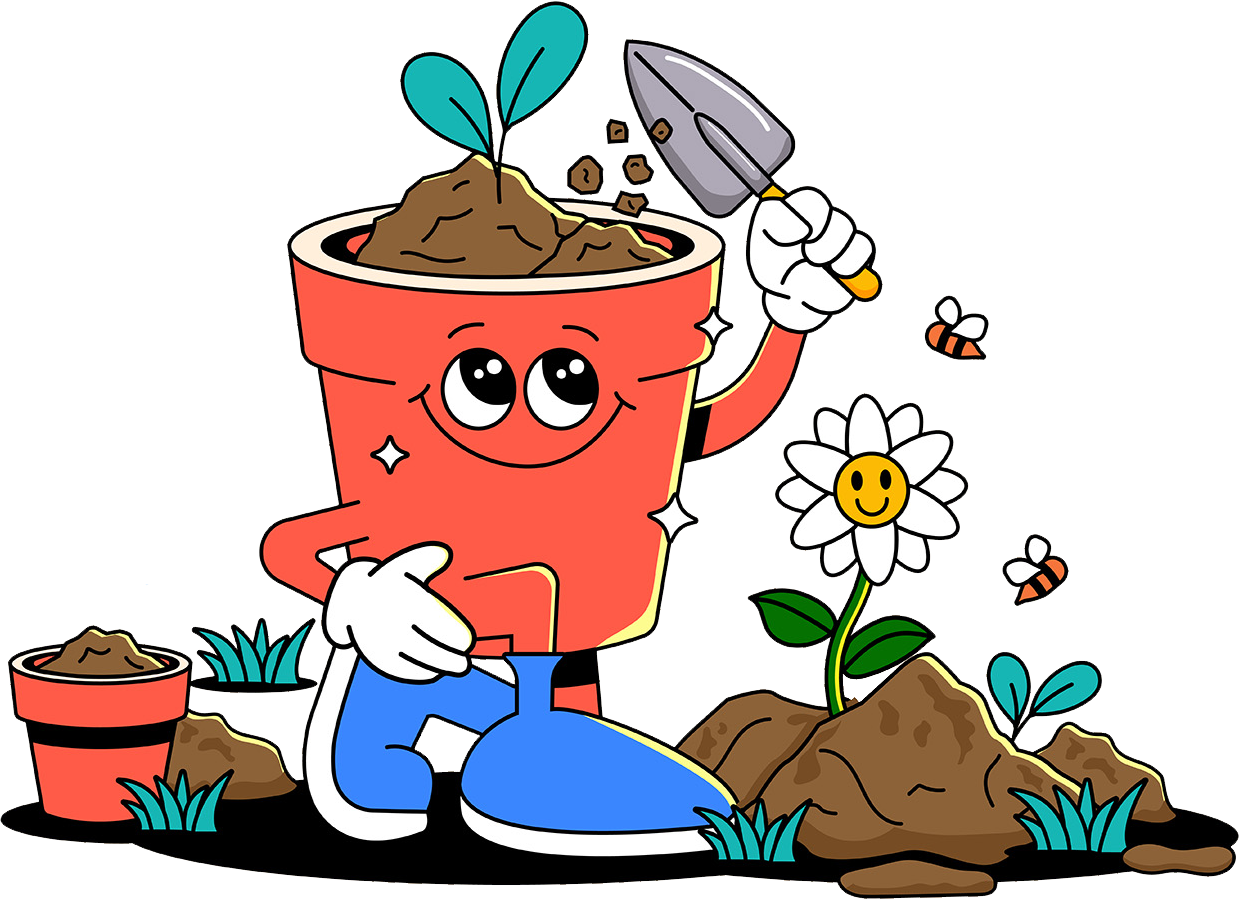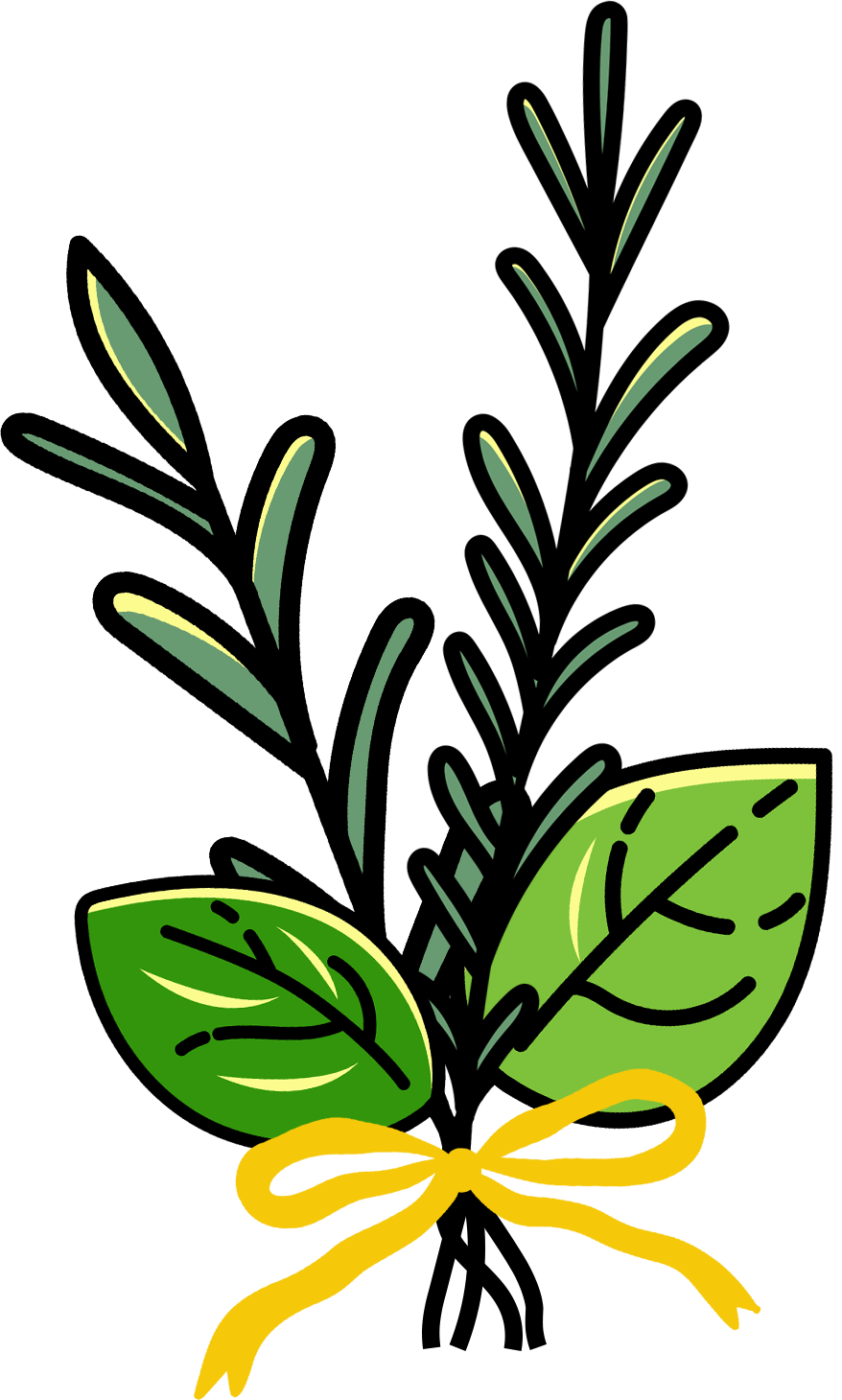LEMON BALM
4+ hours of filtered sunlight daily
☼ Avoid harsh sun ☼
Lemon balm can grow in lower light conditions, but if you notice it looking leggy, move it to a brighter spot if you can!
PARTIAL TO INDIRECT LIGHT
In super hot climates, or days of harsh sun, consider placing your lemon balm somewhere it can get afternoon shade. A little break from the sun will prevent wilted leaves due to heat stress.
Keep this herb consistently moist
Lemon balm want a steady swig of water without feeling drowned. Try to keep it extra hydrated during warmer months.
Water when the top inch of soil feels dry, making sure it has good drainage.
KEEP SOIL MOIST
Lemon balm prefer moderate humidity.
They aren’t picky, so indoor humidity is fine. In drier environments, a humidifier can help prevent leaf edges from crisping during dry spells.
soil needs
Lemon balm digs a moist, well-draining mix that stays rich and lightly damp.
When choosing a potting mix for lemon balm, look for mixes that include:
ᯓ Perlite ᯓ
Improves drainage and prevents waterlogging.
ᯓ Coco Coir ᯓ
Helps retain moisture without creating a swampy environment.
Harvesting
You can start harvesting when lemon balm is at least six inches tall. Snip away as much as you need.
Try to regularly trim every 1 to 2 weeks to keep the herb from flowering.
⊹ Use Clean Scissors or Fingers ⊹
Always use sanitized scissors or pinch off stems with clean hands to prevent spreading germs.
⊹ Identify the Pruning Spot ⊹
Focus on snipping stems that have 2-3 sets of leaves. Try to always cut full stems instead of individual leaves! This encourages new growth.
⊹ Morning Harvests ⊹
The “lemony” oils that give this herb its scent are most concentrated in the morning (before the sun evaporates the oils).
Make sure to use right away or store in an airtight container to preserver the aroma!
Common Issues
-
A sign of not enough sunlight.
If you notice your lemon balm is looking leggy and losing its color, try moving it to a sunnier spot to soak up more rays.
-
Likely due to soil kept too dry or too much direct sunlight.
Trim off browned tips. Check in on the soil, and make sure it is kept slightly moist (not soggy!). Consider moving your lemon balm to an area where it can get some shade from harsh afternoon sun.
-
A sign of not enough sunlight.
Remember, for most herbs, more sun means more flavor! Consider moving your lemon to a brighter spot if their flavor isn’t packing the same punch.
-
Hot weather or long daylight hours can cause lemon balm to bolt.
With lemon balm, bolting can cause weakened flavor, slower growth, and a tougher leaf texture.
Pinch off flower buds as they appear to keep them away and to keep your herb flavorful.
-
A possible sign of overwatering. Soil that has been overwatered can lead to root rot.
Remove affected leaves. Cut back on waterings.
If issue persists or you suspect root rot: remove from pot, trim away dead, mushy roots, and repot in fresh soil.
Sometimes issues can be the result of a pest infestation. Make sure to watch out for these creepy crawlers:
𖢥 Aphids
PET SAFE
Lemon balm is a non-toxic herb that is considered a safe herb to grow indoors or outdoors in pet-friendly spaces.











